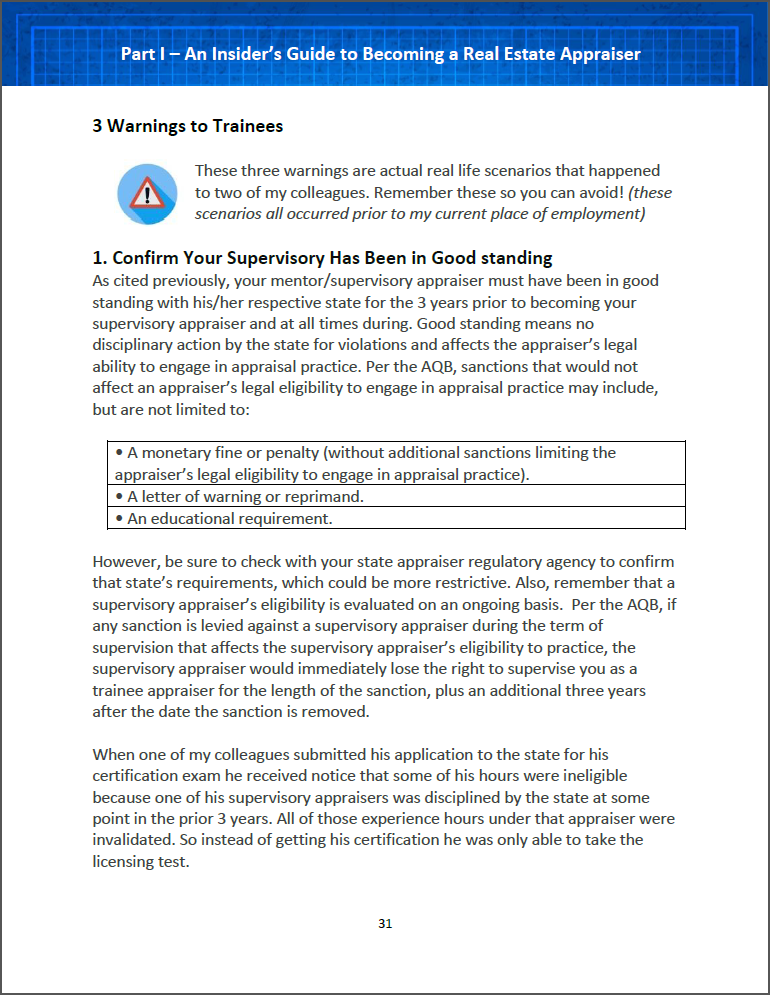
Generally, this means you’ll need either a digital or smart meter, however, some basic meters may have the capability to support this tariff, please get in touch with us if you’re unsure.Īlso worth noting is you only change your tariff once every twelve months. You’ll also need to have a compatible meter. In order to take advantage of a Time of Use Tariff, you may need to change your current tariff (which you can find on the second page of your electricity bill). Being able to remotely control the appliances in your home will allow you to set your products to only come on durin g off-peak hours.

You can really unleash the power, pardon the pun, of smart meters when you partner them with smart devices, which can be controlled remotely. The reading is remotely sent to energy distributors and retailers every day, which means you can easily access and view your energy usage via our My Account portal or handy mobile app – putting the control, quite literally, back in your hands.

This can help you determine whether or not you want to continue using it during peak power periods. If you live in Victoria, your smart meter will offer half-hourly data on your energy usage, so you can pin point how much electricity the washing machine is using at certain times. A smart meter can help you understand exactly how much power your appliances are drawing. You’ve switched off unused appliances during peak hours, but you’re wondering if that load of washing you threw on after work is really going to make a difference to your bill. You’ve decided to take advantage of a time-of-use pricing system, which means the less energy you use during peak periods, the more you’ll save. How smart meters can help you take control To take advantage of a time-of-use or demand tariff, you must have a compatible smart meter and be signed up to the applicable tariff. For example, you could take advantage of reduced rates by putting your washing on after 8pm or turning your dishwasher on before going to bed. A time-of-use tariff works by charging several different rates based on the time of day energy is consumed.īy choosing to use certain appliances at off-peak times rather than peak, you could save on your electricity bill.

These times are usually when most households are not using energy and are typically at night or on the weekends. Off-peak electricity rates are times of the day you can use your energy at a reduced cost. Could a time-of-use tariff work for your household?


 0 kommentar(er)
0 kommentar(er)
